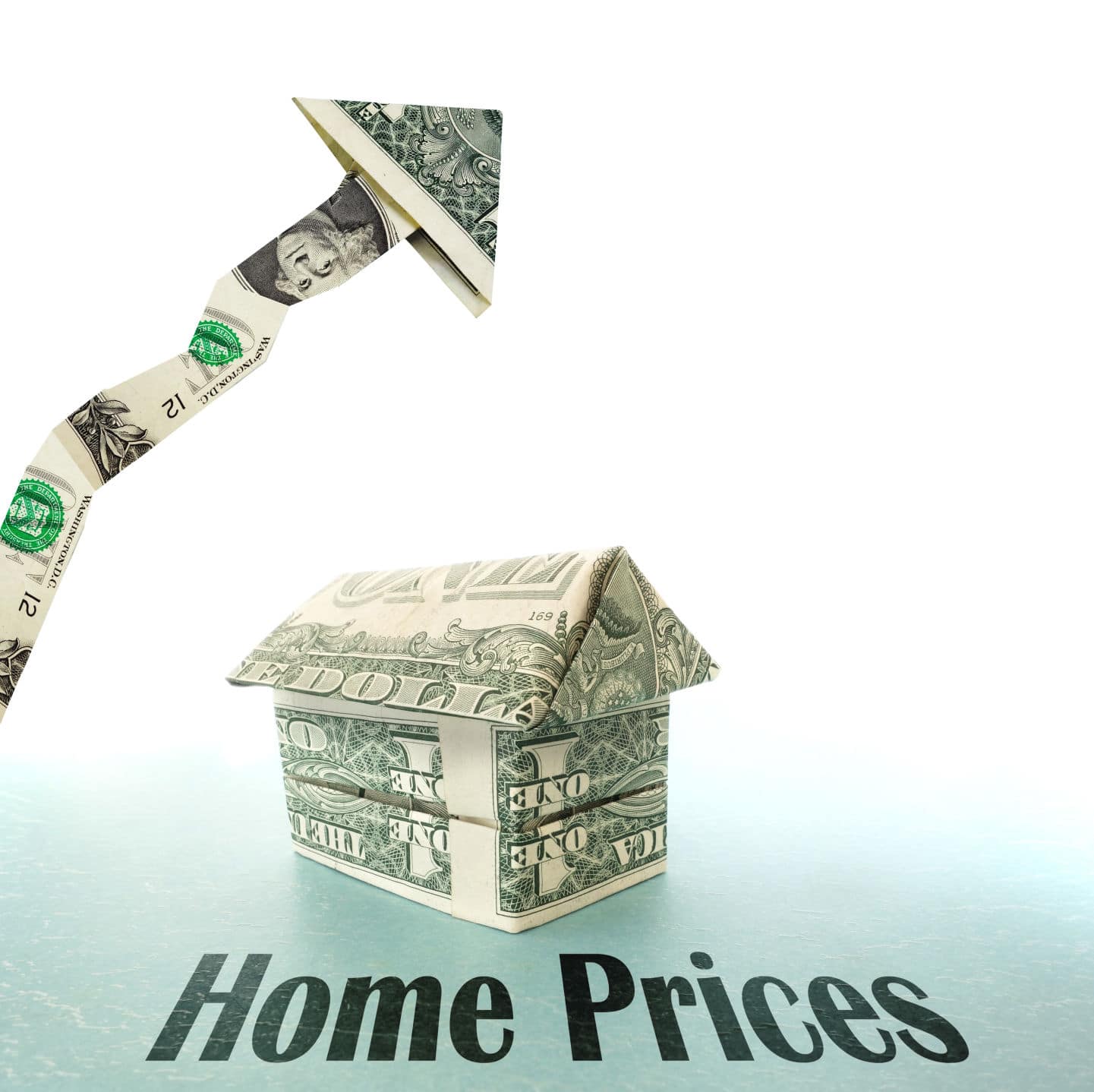On the cusp of the peak house-hunting season, prospective homebuyers will find a similar market to recent years, marked by higher prices, a tight inventory of houses and continuing frustration for those hoping to buy an affordable home.
After a decline in sales at the beginning of last year due to a spike in mortgage interest rates, the market in Texas and across the country roared back swiftly after interest rates tumbled a few months later, according to economists speaking at the Feb. 21 Room to Grow housing outlook conference sponsored by the Federal Reserve Bank of Dallas and the Real Estate Center at Texas A&M University.
Texas’ housing market reflects its strong economy as the leader in the nation for population growth. Texas grew by almost 4 million people, nearly 17 percent between 2010 and 2019, according to data from the U.S. Census Bureau.
That is a trend that is predicted to continue between 2020 and 2030, with more than 5.2 million people moving in, accelerating growth by 17.6 percent. The Dallas-Fort Worth area is expected to slightly lag Houston with population growth of 20.5 percent or nearly 1.6 million newcomers, according to the Texas State Data Center.
All that growth, coupled with low interest rates, boosted housing sales into record territory in 2019.
“We did more than $100 billion worth of housing sales last year,” said Dr. Jim Gaines, chief economist at the Real Estate Center at Texas A&M.
Sales in 2019 rose 4 percent with of 357,238 properties sold. The average selling price of $291,833 and the median price of $240,00 were up 3.2 percent and the average price per square foot of $132 was up 3.9 percent, Gaines said.
Even bigger increases are on the horizon in 2020 with statewide home sales projected to increase 6 percent and sales volume to rise by 7.1 percent to $104 billion.
Despite historically low interest rates, record-high sales and volume, the market still weakness when it comes to affordable homes for first-time and modest income buyers.
Millennials, defined as people between the ages of 20 and 38, are the largest group of adults in Texas at 7.7 million, compared to the Gen X group of 39- to 53-year-olds and Baby Boomers at 54- to 72-year-olds, according to Census and Real Estate Center data.
But the ability of millennials, as well as other low- and moderate-income adults of all ages, to be able to buy a home is hindered by factors such as rising home prices, student loan debt and difficulty of saving for a down payment as well as a shortage of affordable homes, several economists pointed out.
Both new and existing homes have remained out of reach because of limited inventory due to labor shortages and rising materials on ne new home side and owners holding onto homes longer than in the past, stymieing the inventory of existing on the market, economists pointed out.
Even though interest rates and unemployment in rates are both below 4 percent for the first time since World War II, many would-be buyers remain priced out of the market.
“Prices are high in relation to income,” said Frank Nothaft, chief economist of the data analytics firm CoreLogic. “We are facing an affordability challenge in about 390 metro areas we have looked at around the country.
While Texas and other Southern and Southwestern regions are more affordable than the Northeast or California, those areas have not escaped the affordability gap.
The Dallas-Fort Worth is the least affordable of the major metro areas in Texas, according to 2019 data from the Dallas Federal Reserve. Although home prices are higher in Austin, the Dallas-Fort Worth area has more lower-wage workers and workers who are not fully employed.
Affordability pressure could push prices downward in the DFW area, and particularly in Dallas, but if interest rates remain low, it is just as likely that prices will continue to rise, Nothaft said.
One of the biggest trends in the housing market has been the tendency for homeowners to stay put, tap their equity and remodel their homes, Nothaft said.
“ $327 billion – a record – was put into home improvement spending in 2019,” Nothaft said.
In addition to other factors impeding affordable housing availability, investors are buying lower-priced homes and fixing them up to become rental properties, he said.
In the new home market, Texas leads the nation in homebuilding with nearly 100,000 annual starts, which is more than double the activity in California and more than all starts in Arizona, North Carolina and Georgia combined, said Paige Shipp, regional director of the housing analysis firm Metrostudy.
The Dallas-Fort Worth area accounted for more than 34,000 starts in 2019.
Yet, building affordable homes under $250,000 remains a challenge for builders due to factors such as labor and materials costs as well as restrictions set by municipalities regarding lot sizes and density.
“NIMBY (not in my backyard) is a big problem in the Dallas area, where we have 212 municipalities” with different regulations, Shipp said.
The solution to building lower-priced homes is smaller lots, smaller and smaller floorplans that retain quality construction.
“In California, they are building $4 million homes on 60-foot lots,” she said.
But innovations percolating in the new home market may help expand affordability for first-time and modest income buyers, Shipp said.
These include manufactured homes built mostly in a plant and assembled on-site or house-hunting through online real estate companies and tool such as Redfin, Zillow, iBuyer and Orchard.
Technology advances such as 3D printing and investors such as Warren Buffett wading into an evolving real estate market are also causing disruptions to the traditional approach of building and buying and selling homes.
“Failure to change is not fatal,” Shipp said. “But failing to change might be.”








